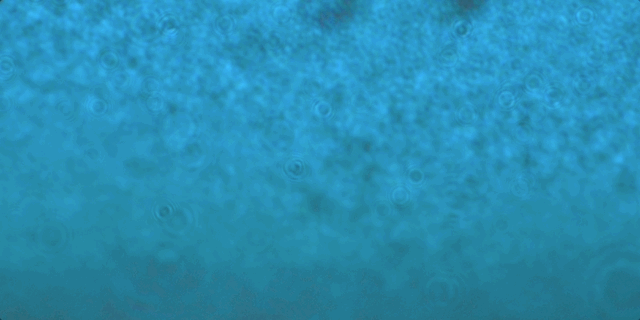ChaNL is located in the Swenson Family Hall of Engineering (room N213) inside the Keck Center for Science and Engineering at Chapman University.
We study the chemistry and physics of nanomaterials for applications in bioengineering. The breadth of our work draws students from both the Fowler School of Engineering and the Schmid College of Science and Technology. Our main focus at the moment is the study of composite materials composed of synthetic polymers/microparticles/nanoparticles and natural extracellular matrix.
Our studies might immerse one student in a polymer synthesis focused project while another might focus on measurements designed to understand the soft matter physics of those materials. Other students might then focus on the design and use of those materials in bioengineering applications.
In essence, our work examines soft nanomaterials as:
Structural Materials

Dynamic Materials

Active Materials

Check out the Publications page for more details.
In addition to our research efforts, we aim to support the Chapman community in their nanoanalysis needs. We also collaborate with the Keck Center High-Resolution Imaging Facility in our research. Listed below is a representative accounting of our current instrumental capabilities:
Asylum MFP-3D Atomic Force Microscope
Asylum Jupiter XR Atomic Force Microscope
Cellink Bio X Bioprinters (2)
Beckman Coulter Optima MAX Benchtop Ultracentrifuge
Eppendorf Microtiter Plate Centrifuge
Zeiss Axio Observer Inverted Optical Microscope (epifluorescence and differential interference contrast)
Izon Exoid Tunable Resistive Pulse Analysis
Wyatt Mobius Dynamic Light Scattering/Phase Analysis Light Scattering
Tecan Infinite 200 Pro Multi-Mode Plate Reader
Anton Paar MCR 702a MultiDrive Rheometer
Elvesys Microfluidics Pump
Soft Lithography/Elastomer Curing Station
Labconco Freeze Dryer
Browse the Publications page to see some of our recent work, and feel free to drop us a line if you are interested in learning more!